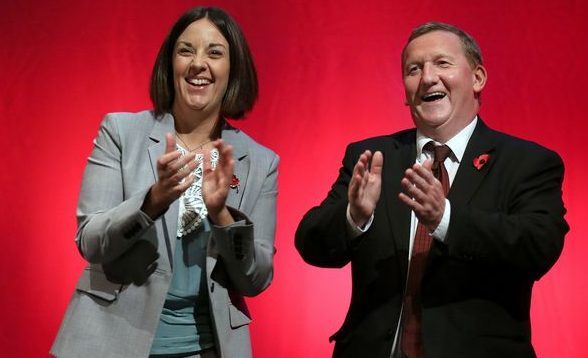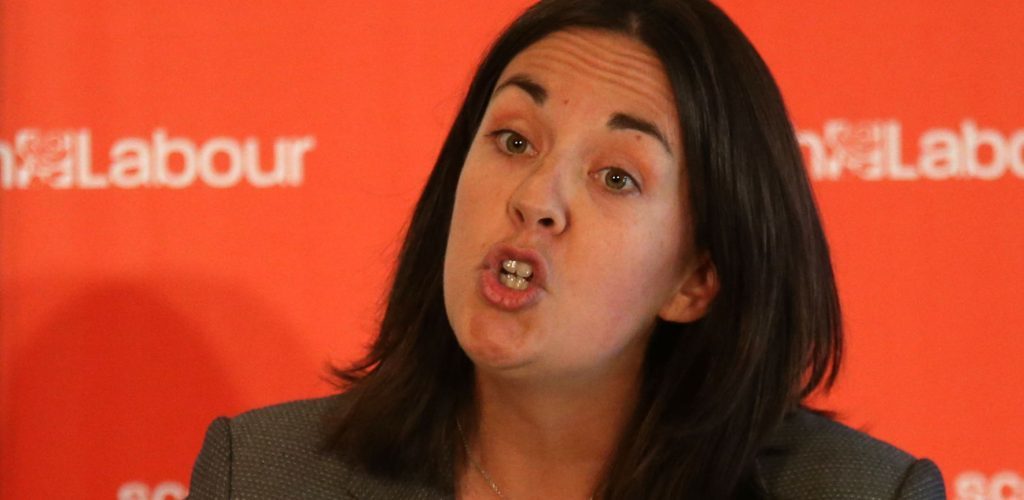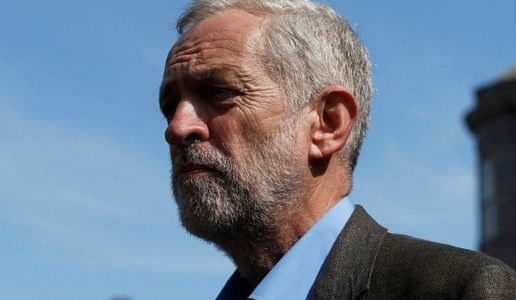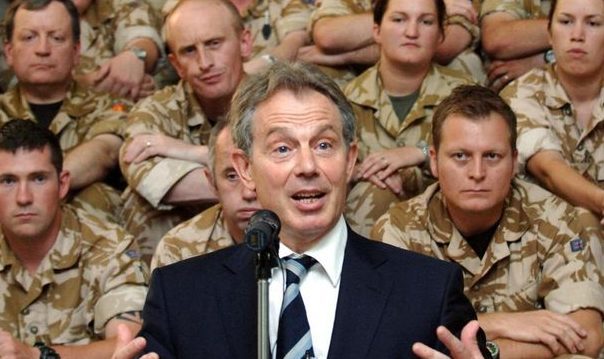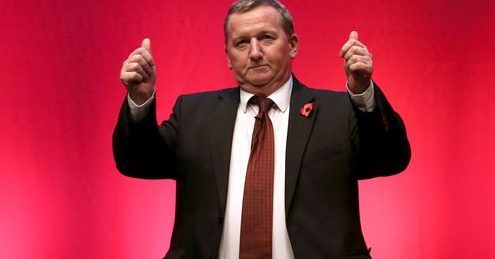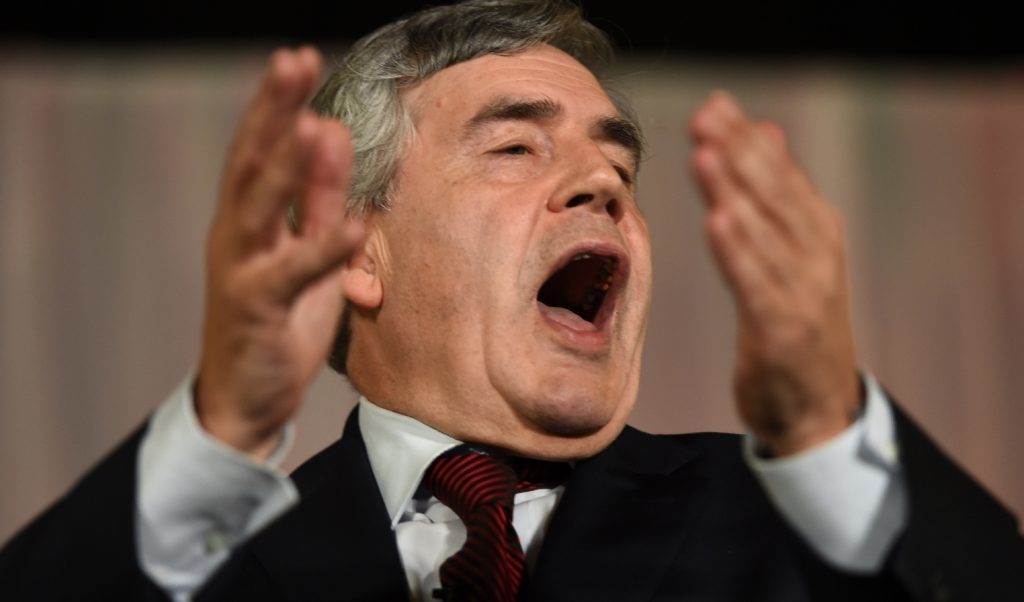As it tackles yet another crisis, what is the future of the Labour Party in Scotland? Michael Alexander sought the opinions of several political experts.
Dundee Labour has descended into meltdown after former Dundee Lord Provost Mervyn Rolfe called for a “clean-out” amid a furious candidate selection row.
As revealed by The Courier on Monday, one high-profile trade union activist has now cut up his party membership card after two councillors were deselected as candidates for next May’s local elections, only for the decision to be overturned by bosses in Glasgow.
It’s the latest crisis to engulf the party already reeling from a succession of recent blows.
The ink on Scotland’s ballot papers was barely dry when during the early hours of May 6, 2016, Scottish Labour leader Kezia Dugdale said she was “heartbroken” after the Conservatives beat her party into second place during the Holyrood elections.
Whilst the SNP secured an historic third victory in the Scottish Parliament – albeit two seats short of securing an outright majority – Labour had a dismal night, losing a third of their previously held 37 seats.
Add to that the humbling of Labour across the UK at the 2015 general election, and analysts have blamed everything from the Tony Blair-led invasion of Iraq in 2003, to the financial crash of 2008 and the legacy of the Scottish independence referendum in 2014 for the drubbing.
With the Labour Party at UK level in turmoil under Jeremy Corbyn’s leadership, the need for change was recognised just days after this year’s Holyrood election when former First Minister Henry McLeish said Scottish Labour should take the constitutional fight to the Tories and SNP by advocating a “new alternative of real home rule”, if the party were to be saved.
This was echoed by the party’s deputy leader Alex Rowley who said that unless Labour tackles the constitution it cannot move on from its disastrous defeat to both the SNP and the Tories at the polls.
So with the constitutional debate back in the spotlight following the Brexit vote on June 23 and the kick-starting of the IndyRef 2 legislation last week, does the Labour Party have a future in Scotland, and if so, where does it lie?
Political scientist and polling expert Professor John Curtice of Strathclyde University says that if, hypothetically, Scottish Labour ever decided to back full independence for Scotland, then Scotland would surely become independent and they would “potentially become the most powerful party in Scotland.”
But he said the difficulty facing Scottish Labour now is that even if they did decide to come down in favour of self-determination, the issue of independence is now “owned” by the SNP, who present themselves as the “centre-left” party – even if, arguably, they are not.
“What is emerging now is that Scottish Labour might be willing to back the SNP on Scotland’s relationship with a post- Brexit European Union,” Professor Curtice said.
“But arguably the big strategic problem the Labour Party in Scotland faces is how do they persuade the traditional Labour working class electorate that they can manage the capitalist economy in their interests?
“There are less opportunities now for working class children to make it into middle class jobs, and income inequality is greater now than it’s ever been since the early 1980s.
“Add to that many Labour members are middle class now, and how does that go down with those who are struggling?”
Professor Curtice said that at the UK level, the Labour Party “has no one capable of being an effective leader. “
“That’s how Jeremy Corbyn became leader,” he added. “With the Westminster Tory government so divided and with a hell of a job on its hands, a half-decent leader for Labour should really mean the government is there for the taking. It’s not even about Corbyn’s policies. It’s about presentation.”
In Scotland, however, the long standing contingent factors for Labour’s demise, he said, were not allowing MPs to stand for Holyrood in 1999 and the misfortune of Donald Dewar’s death followed by Henry McLeish’s “muddle not a fiddle” expenses row.
“Up to now there’s been a perception that Labour have their second 11 at Holyrood whilst the SNP have their first 11,” he added.
“Post-devolution, people want a party that’s going to stand up to London and Labour haven’t been able to do that.
“Then there was the independence referendum disaster when Labour got into bed with the Tories.
“A third of Labour voters voted Yes and they have stuck with the SNP.”
Scottish Labour deputy leader Alex Rowley, a former Fife Council leader and member of the Labour Party for 35 years, told The Courier it was “crucial” the party had recently decided to become more autonomous from London.
“Now no one can call us a branch office,” he said.
Regarding the possibility of IndyRef 2, he found it “bizarre” that there could be a push for independence when the detail of the Brexit deal was as yet unknown.
But the supporter of home rule said the key was for Labour to clearly establish where it stands on the constitution.
“The independence referendum left Labour in a very difficult place,” he said.
“It had no vision of what it was for.
“But once we sort out our constitutional position, we can come back. What’s clear is that there is no centre ground party at the moment. Too much of the debate is about unionism v nationalism when it should be about the issues, about policy.
“When I was at university in the 1980s, a common essay question then at the height of Tory rule was ‘does the Labour Party have a future?’ There will always be the need for a left of centre party in Scotland.
“And whilst the SNP have been successfully winning support right across the spectrum, they are certainly not of the centre-left.”
